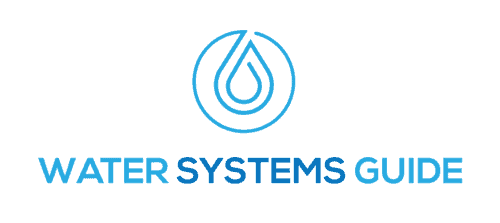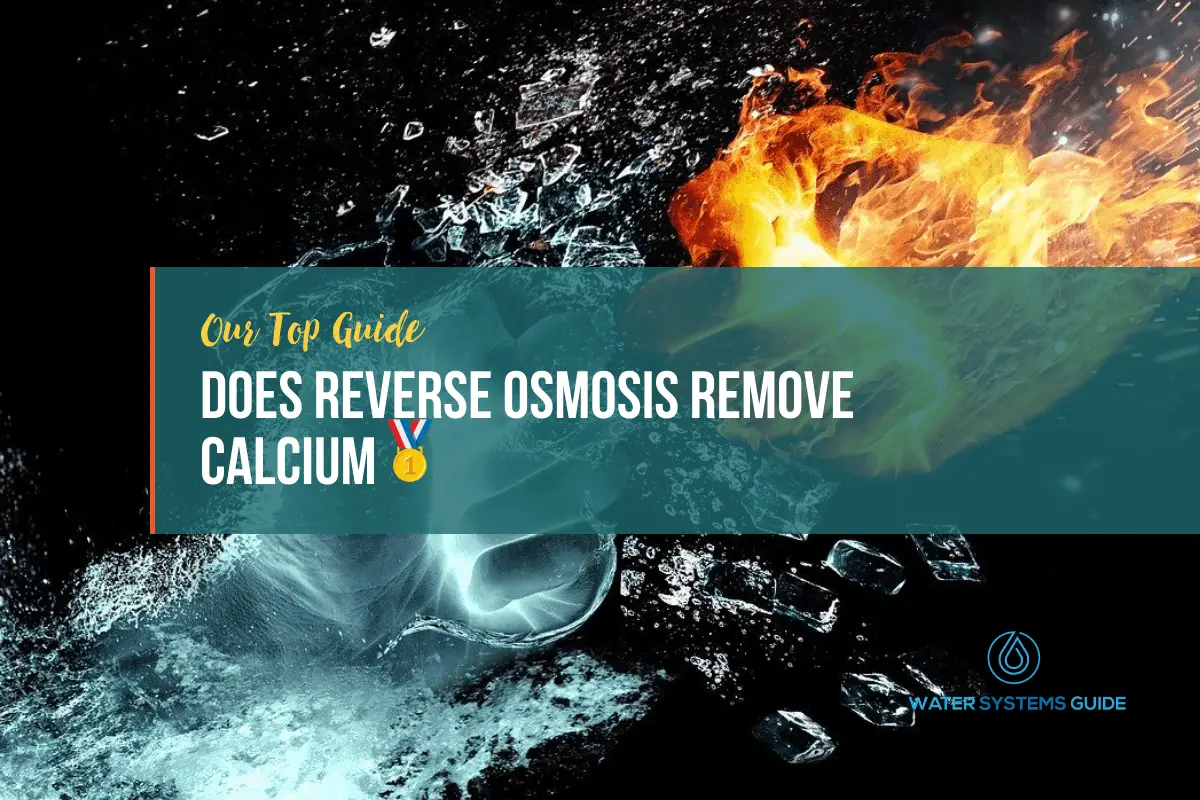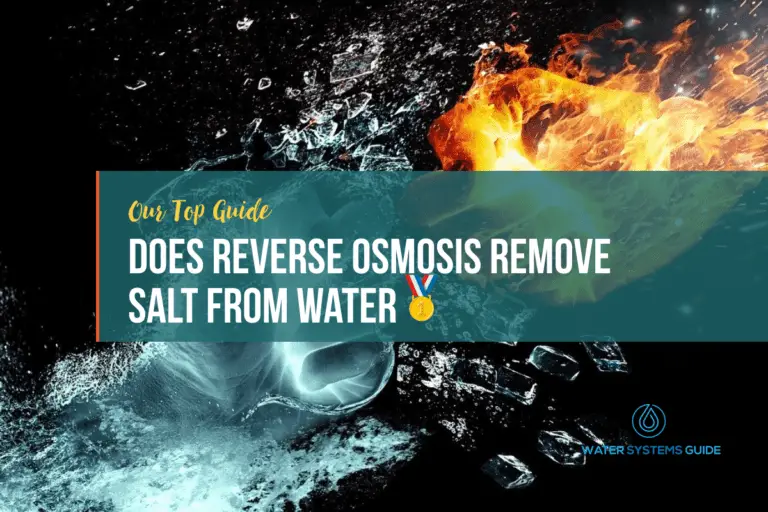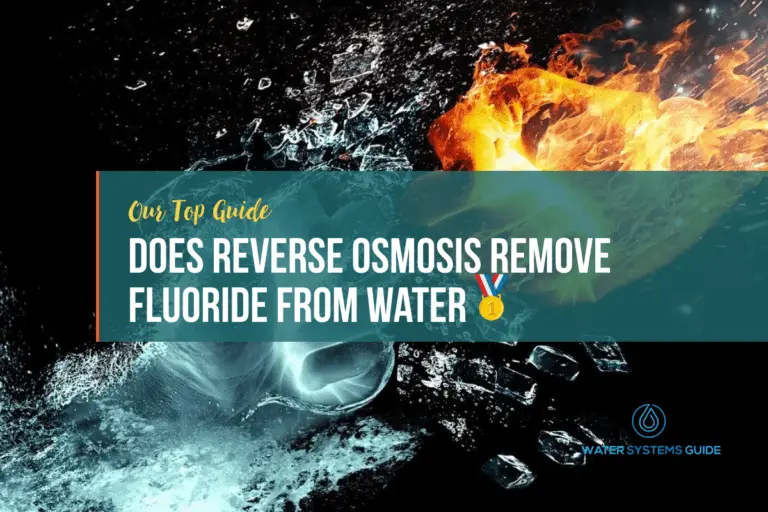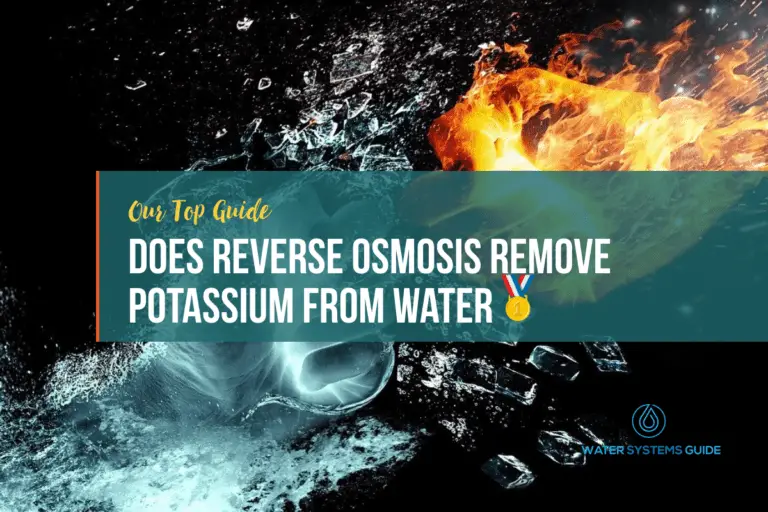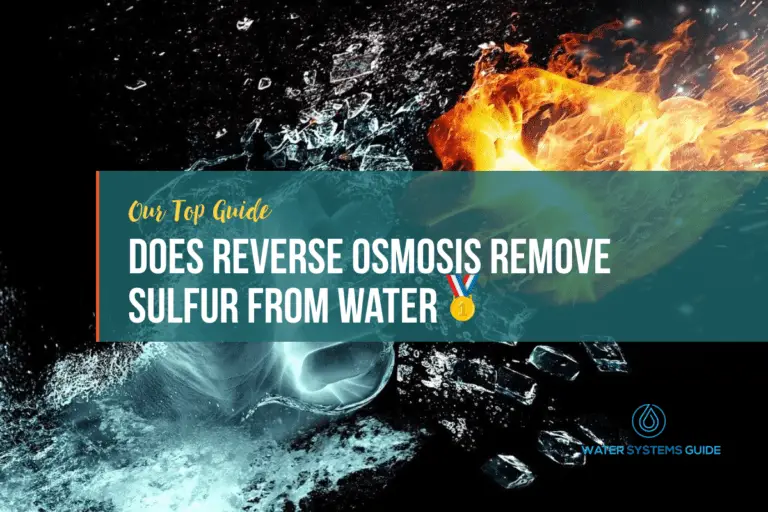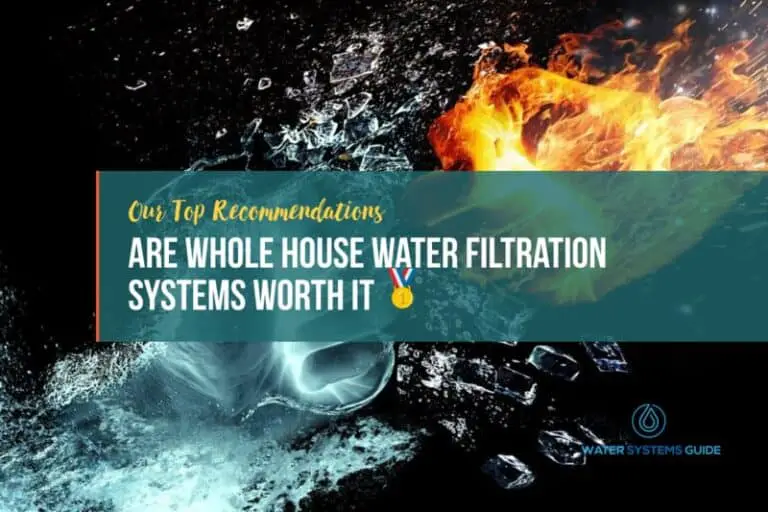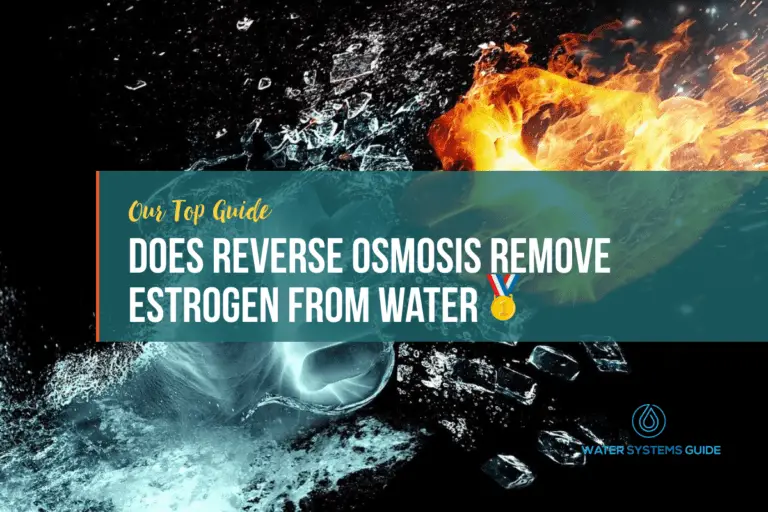Does Reverse Osmosis Remove Calcium
What Exactly is Calcium?
Calcium is a chemical element with the symbol Ca and atomic number 20.
As an alkaline earth metal, calcium is a reactive metal that forms a dark oxide-nitride layer when exposed to air. Its physical and chemical properties are most similar to its heavier homologues strontium and barium. It is the fifth most abundant element in Earth’s crust and the third most abundant metal, after iron and aluminum.
The most common calcium compound on Earth is calcium carbonate, found in limestone and the fossilized remains of early sea life; gypsum, anhydrite, fluorite, and apatite are also sources of calcium. The name derives from Latin calx “lime”, which was obtained from heating limestone.
Why Remove Calcium from Drinking Water?
There are a few reasons why you might want to remove calcium from your tap water.
The first reason is that it often improves the taste of the water, and the perceived water quality. This is because water with excessive levels of calcium is referred to as hard water, and RO systems and water softeners are becoming increasingly more popular as a solution for water hardness.
For those who are prone to such ailments as kidney stones may want to ensure they’re not consuming excessive levels of calcium in their water supply.
Another reason to soften water is to prevent scale build-up in pipes, which can even lead to burst pipes in extreme cases.
With that being said, let’s explore more about Calcium, and how it affects your overall health, especially if consumed excessively.
Where Does Calcium Originate From?
Calcium is a mineral that is found in our water supply, alongside many popular foods.
The body needs calcium to build strong bones and teeth. Calcium also helps the muscles and nerves work properly. About 99% of the calcium in the human body is stored in the bones and teeth.
What’s the Risk of Calcium to Human Health?
In terms of your health, calcium is important for your health in many ways.
It helps to build and maintain strong bones and teeth, and it also plays a role in blood clotting, nerve function, and muscle contraction. Getting enough calcium is especially important for women, who are at risk for osteoporosis (a condition in which the bones become weak and fragile). Good sources of calcium include milk, cheese, yogurt, leafy green vegetables, and calcium-fortified foods such as orange juice.
However, consuming too much calcium can have a negative impact on your health. Excess calcium can lead to kidney stones, constipation, and other health problems.
How Do I Know If My Water Is Contaminated with Excessive Levels of Calcium?
If your water is contaminated with excessive levels of calcium, you may experience symptoms such as nausea, vomiting, and diarrhea. You may also experience constipation and kidney stones.
If you suspect that your water is contaminated with calcium, you should contact your local water authority for testing. There are usually two ways in which you can test your water’s calcium levels.
1) Purchase a water testing kit such as the one here, which you can find online. These kits typically use a chemical reaction to change the color of the water, and the intensity of the color change indicates the level of calcium present.
2) Another way to test for nitrates is to send a sample of your water to a certified lab for analysis.
Does Reverse Osmosis Remove Calcium?
The reverse osmosis process is a popular water treatment method, but many people wonder if it removes calcium from water.
The answer is yes, reverse osmosis can remove calcium from water, but it’s not as effective as a water softener.
How does RO work? Well, reverse osmosis works by using pressure to force water molecules through a semi-permeable membrane. This membrane only allows certain molecules to pass through, and calcium is too large to pass through the membrane.
This means that when water is filtered through a reverse osmosis system, the calcium is removed from the water.
Is A Water Softener More Effective Than RO At Removing Calcium?
There is no definitive answer to this question as it depends on a number of factors, including the specific water hardness and the type of water softener used.
However, in general, a water softener is more effective than RO at removing calcium. This is because a water softener works by exchanging ions in the water to remove hardness, while RO relies on a reverse osmosis process to remove impurities.
